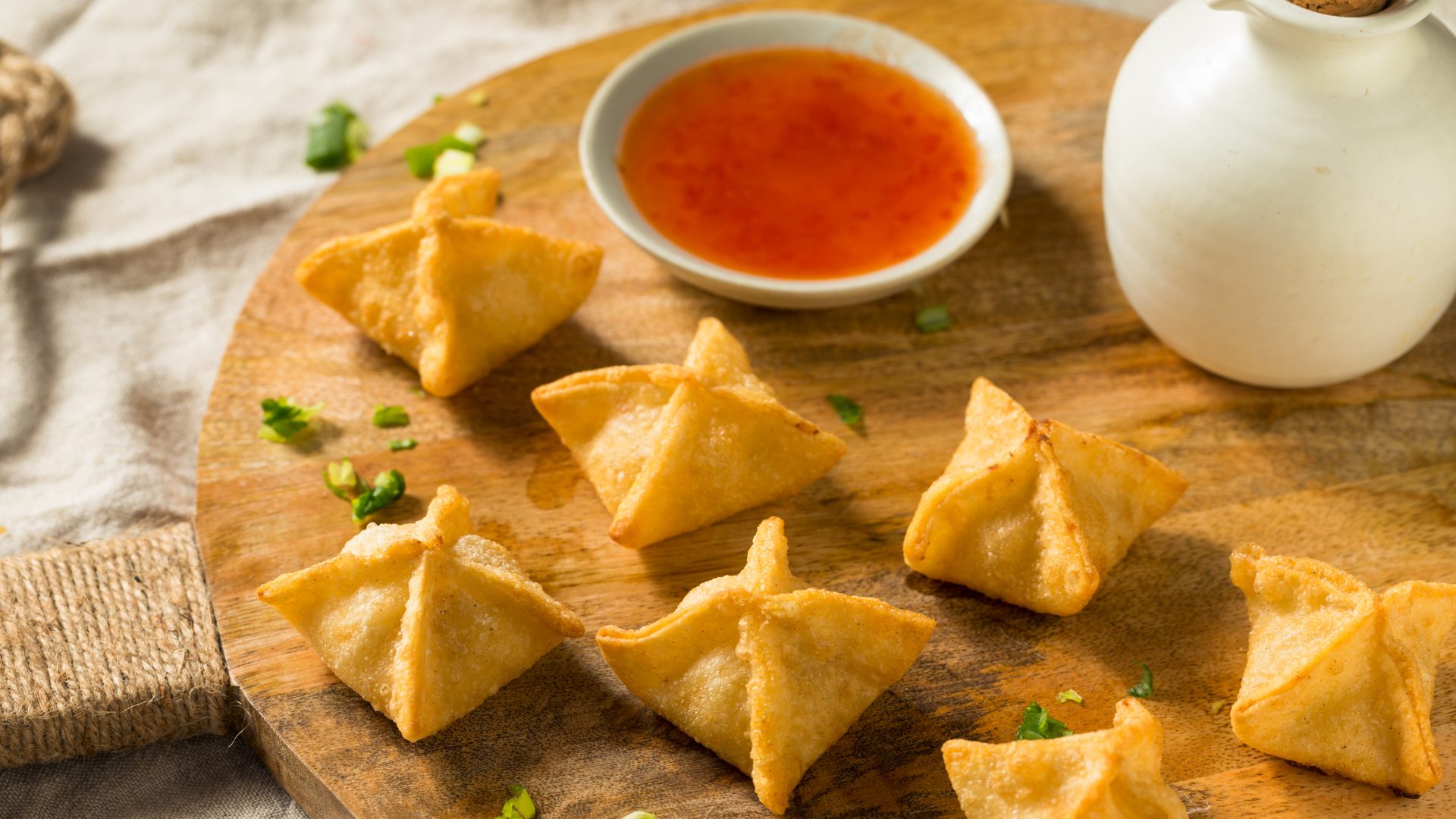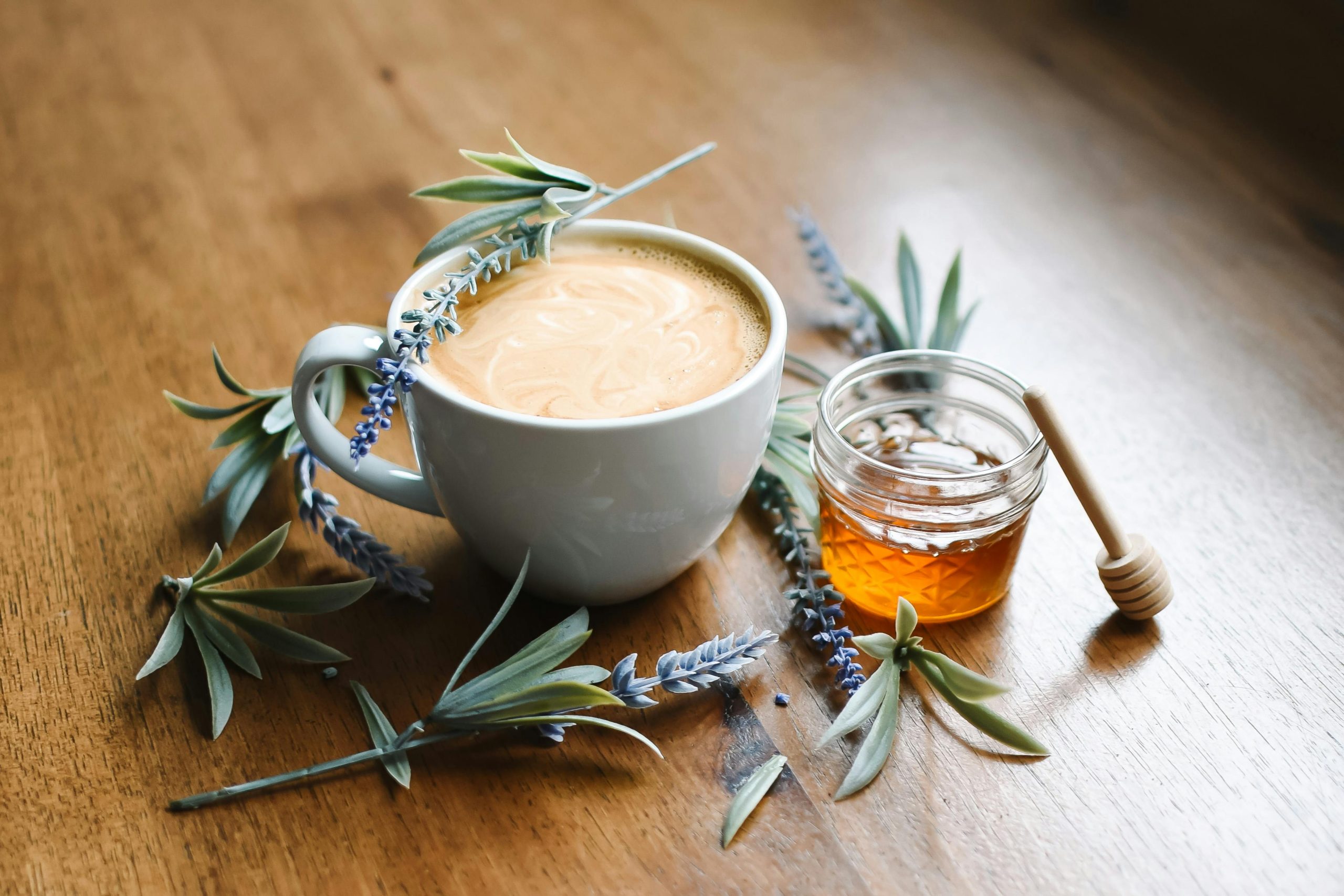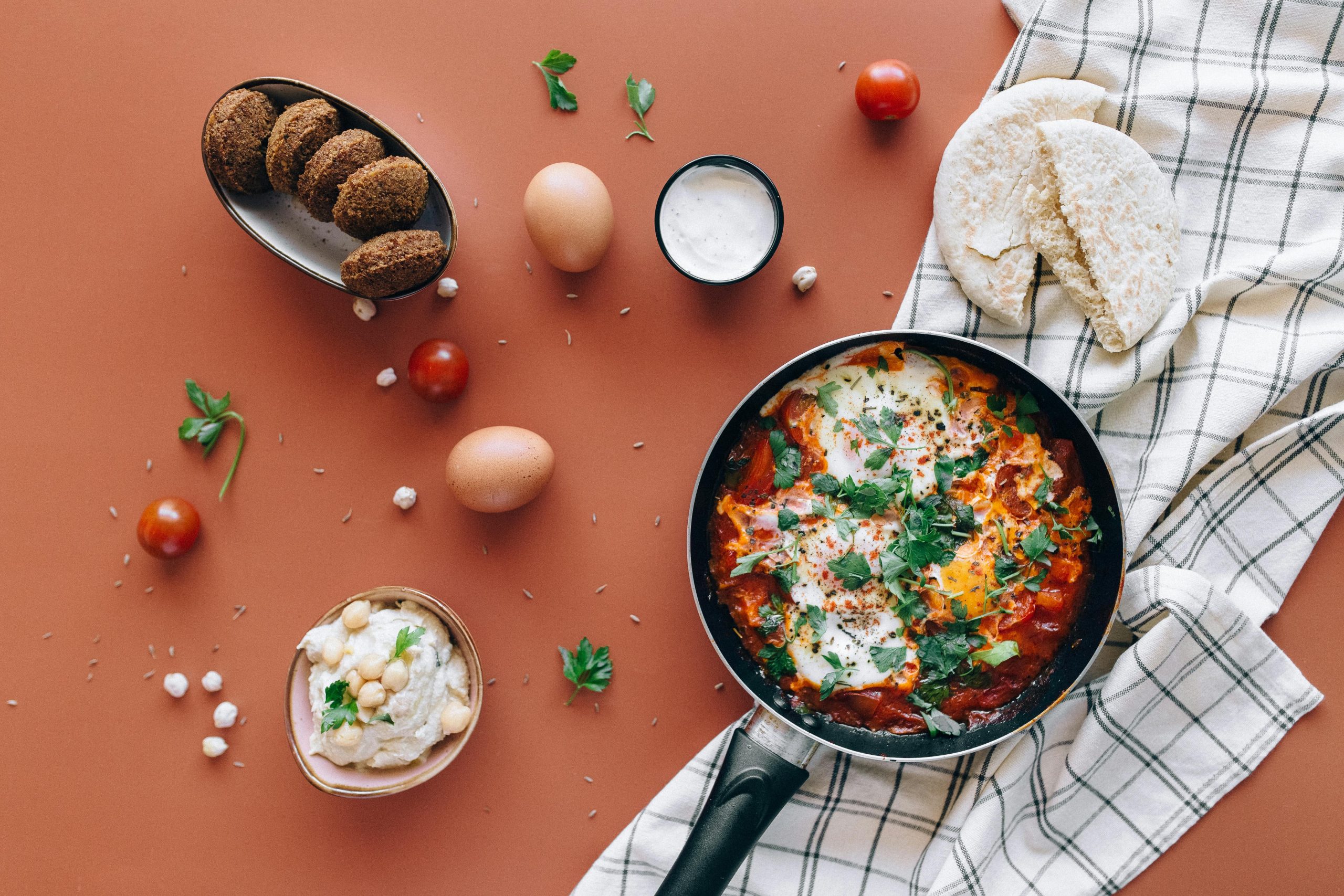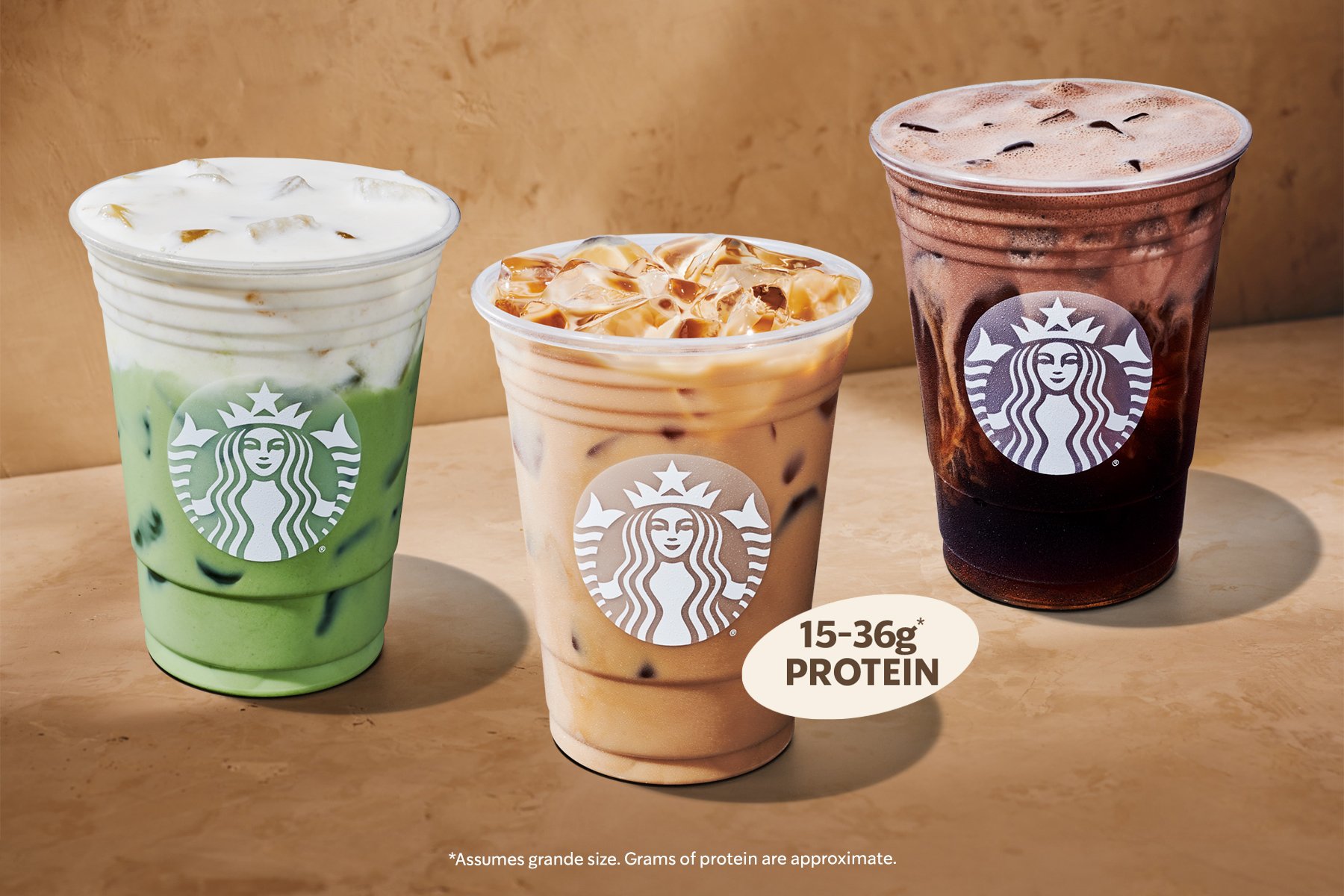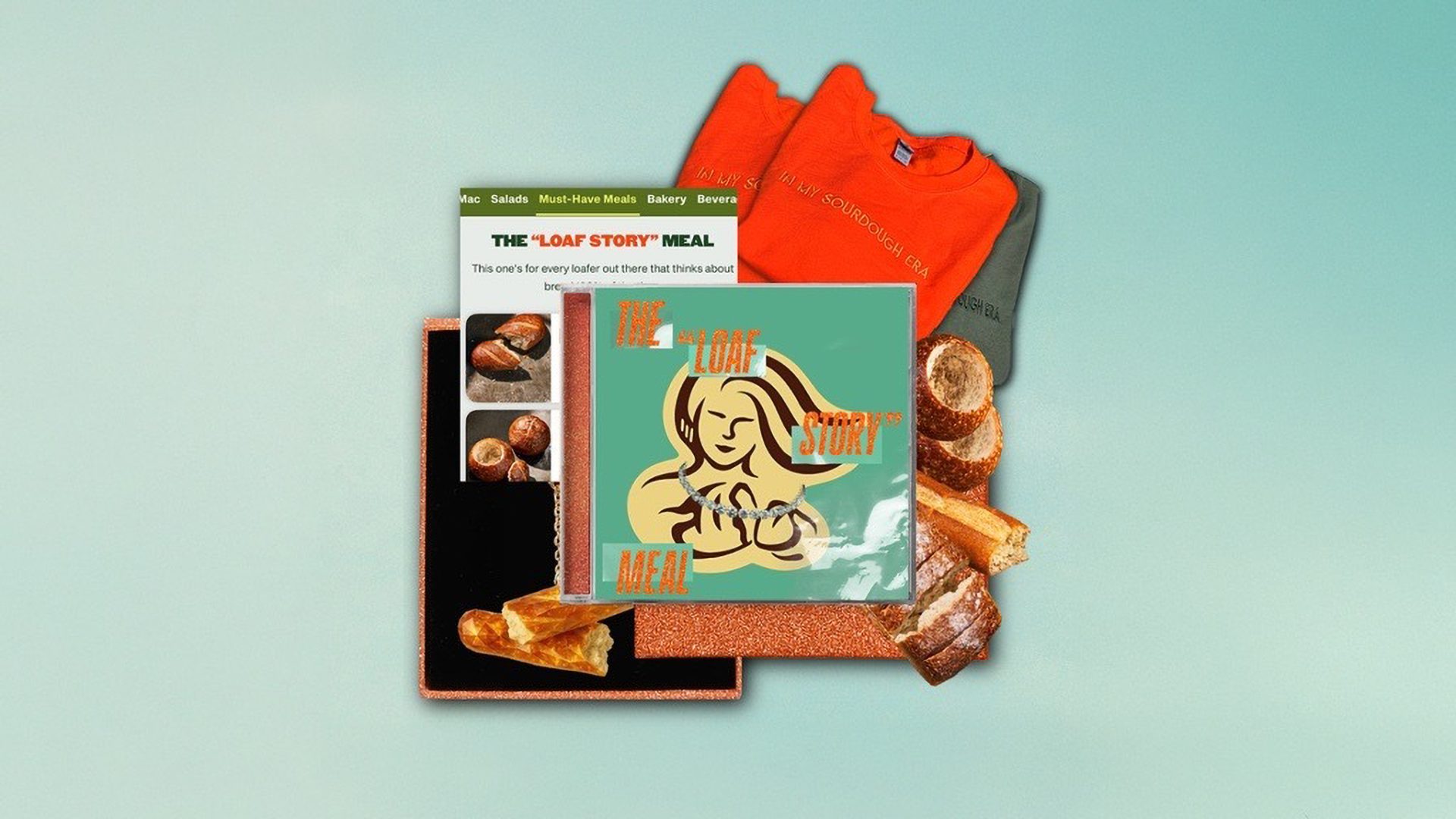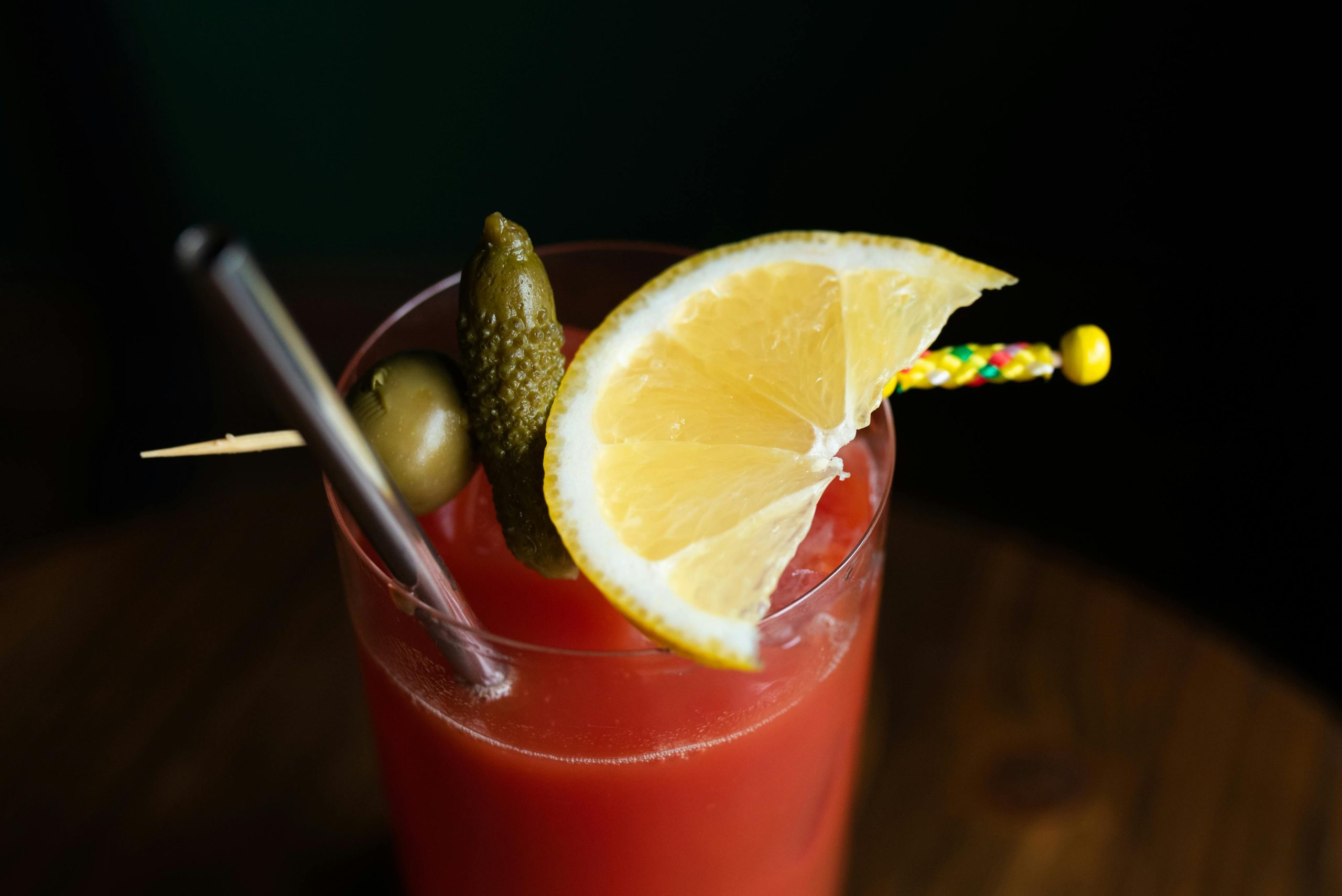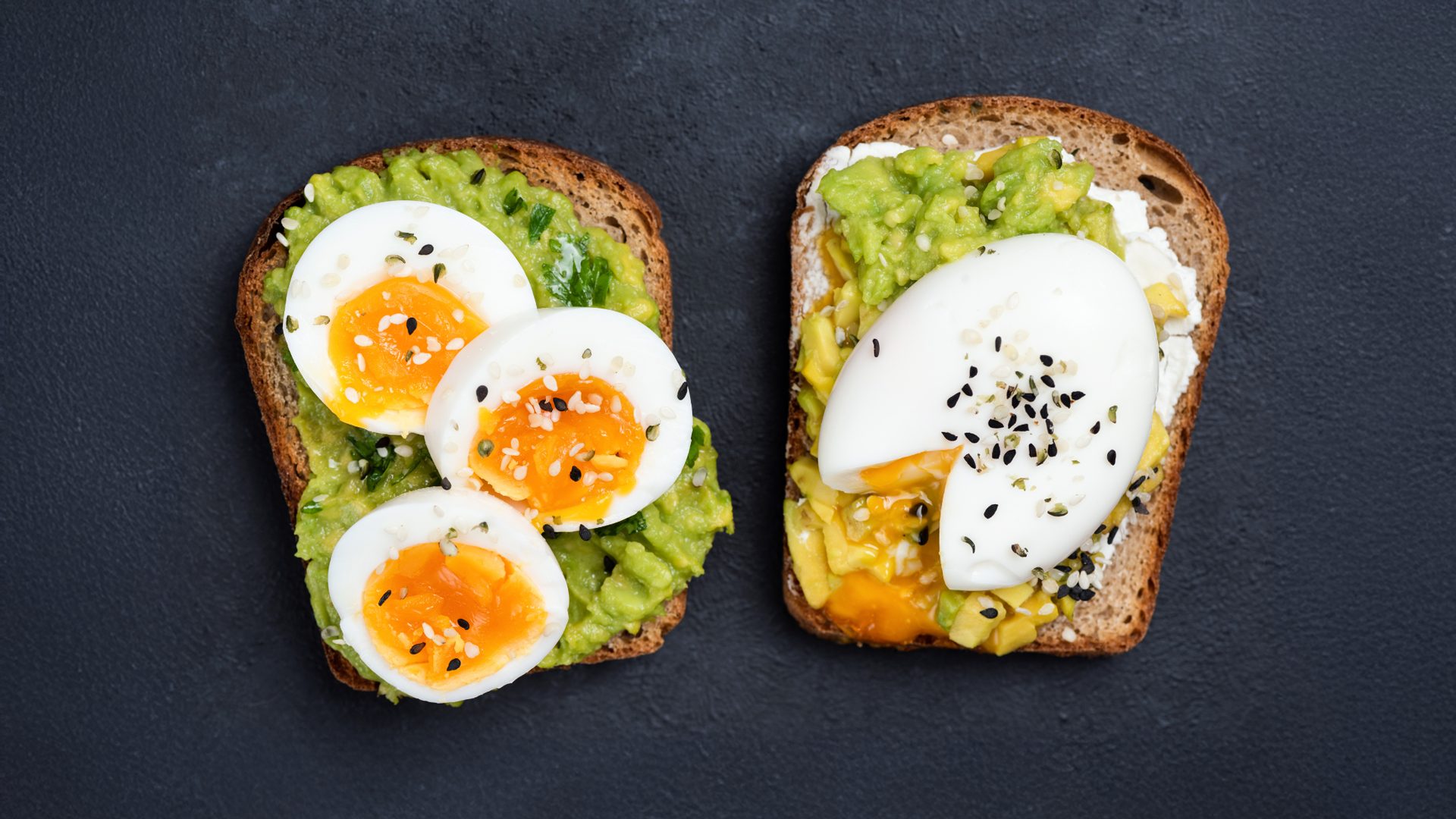Crab Rangoon, a Chinese-American creation dating back to the 1940s and ‘50s, has experienced something of a 21st-century revival thanks to social media and industry trends.
In fact, it’s difficult to be on the internet today without scrolling past a post or meme that makes the dish a punchline. Each time, the conceit is the same: Crab Rangoons are delicious.
On TikTok alone, #crabrangoon has over 30.3 thousand posts at the time of this writing, with one recipe video from @stephvnietea posted last January receiving 13.5 million views. Plenty of other videos of influencers cooking, ordering, and enjoying the dish have regularly breached the 1 million-view threshold.
A deep-fried wonton pocket filled with a mixture of cream cheese and crab, the dish boasts mass appeal that plays into larger food trends today.
“The Crab Rangoon craze does not surprise me. At its heart, it is comfort food dressed up in nostalgia. It is crispy, creamy, and playful,” Maricel’s Kitchen owner Maricel Gentile told The Food Institute.
She remarked upon it already being a staple cuisine at Chinese American restaurants when she emigrated to the U.S. in the 90s.
Across foodservice, operators are leaning into nostalgia as a powerful marketing tool, but Crab Rangoon’s approach is organic and foodservice agnostic, meaning anyone positioned close to the offering can benefit from the success.
And many are: a report from earlier this year found that crab Rangoon was the third most ordered menu item in 2024, included on nearly 11% of all orders, reported Nation’s Restaurant News.
Gentile notes that today, the conditions are just right for the dish to grow in popularity, offering a blend of indulgent comfort and exploration.
“Younger diners especially are hungry for bold, fun flavors that photograph well,” she said. The dish “checks all those boxes.”
Recent Innovations
San Diego’s Slurp Thai Street Food is the latest site of Crab Rangoon innovation: the viral Crab Rangoon Burrito.
The store was likely responsible for searches on Yelp for Crab Rangoon Burrito increasing 3,000% year-over-year, and searches for Crab Rangoon Roll to surge 167%.
“Today’s Crab Rangoon Burrito or dip variations feel like the next chapter. Food is becoming more playful, more social, and less bound by strict definitions,” Gentile said.
She also noted that the dish may open the doors for people to experiment with East Asian flavors.
Other trending dishes include Crab Rangoon Bombs (+3,700% YoY), Crab Rangoon Mozzarella Sticks (+1,100% YoY), and Frozen Crab Rangoon Appetizer (+400% YoY), according to Google Trends data, fielded Sept. 11.
Plus, support for the dish is bucking an overall dip in crab performance. A report from earlier this year found that crab menu penetration dipped 14 percent in 2024 compared to the year before.
Cultural Relevance
In an interview with In The Know by Yahoo!, Know Your Meme managing editor Zach Sweat explained a few reasons why the dish is so embedded into internet culture.
He cited overall familiarity, “a goofy-sounding name and inherently humorous quality,” and a “timeless” element that makes for compelling evergreen content.
Also interviewed in the article was Jamie Cohen, assistant professor of media studies at CUNY Queens College, who said that snacks and side food items tend to be “memed” more often than center-of-plate dishes.
Like Gentile, Cohen noted that the dishes’ enduring social media appeal is likely also attributable to their nostalgia. This element compounds with Sweat’s noted familiarity and inherent humor, and even larger trends around adventurous, experiential eating and globally inspired foods.
To order and enjoy Crab Rangoon today is to connect with the parasocial community of avid devotees all over TikTok, Instagram, and X (formerly Twitter). And consumers, younger shoppers especially, tend to consider these social aspects when dining out.
Crab Rangoon is an inside joke that everyone gets to be a part of and offers a boon of positivity during an otherwise turbulent economic and political period.
The Food Institute Podcast
How can a food industry trade show spark global culinary creativity? Anuga’s JP Hartmann, U.S. Consul General Preeti Shah, and World Food Championships’ Nikki Jackson share their perspectives on how the U.S. presence at Anuga 2025 is helping to bridge culinary experiences together.


